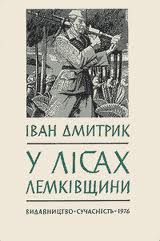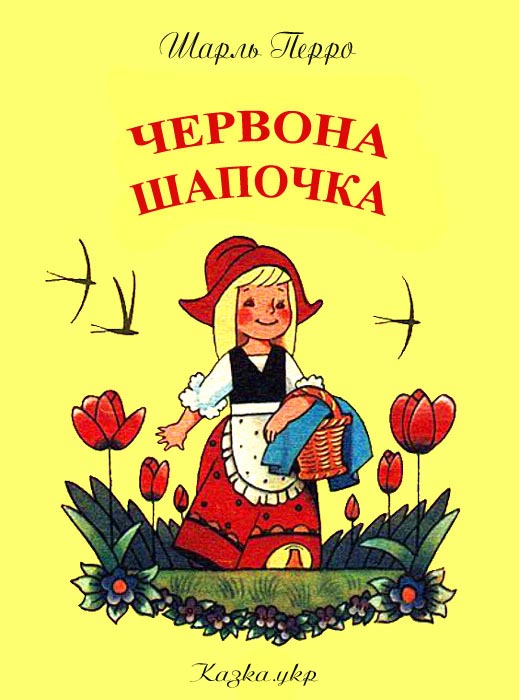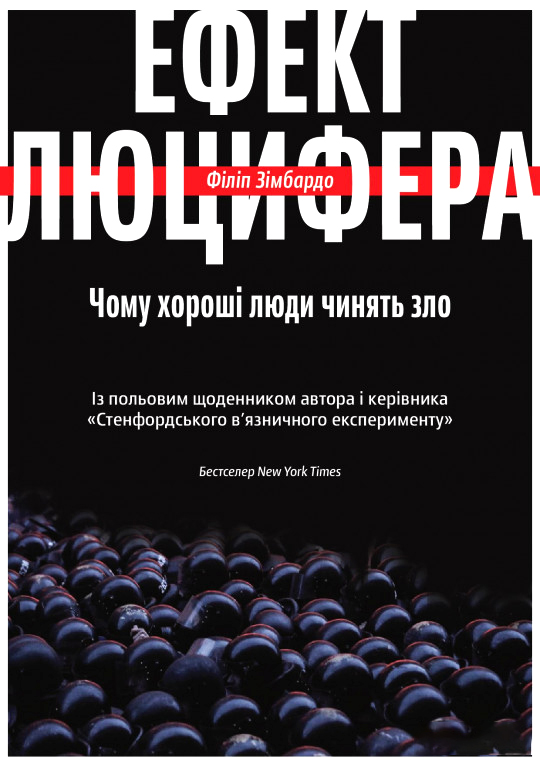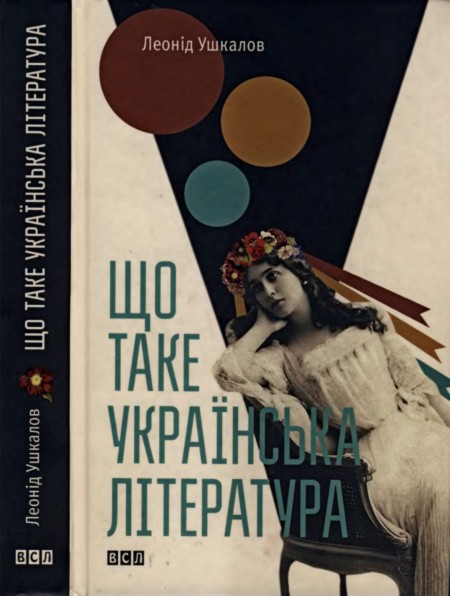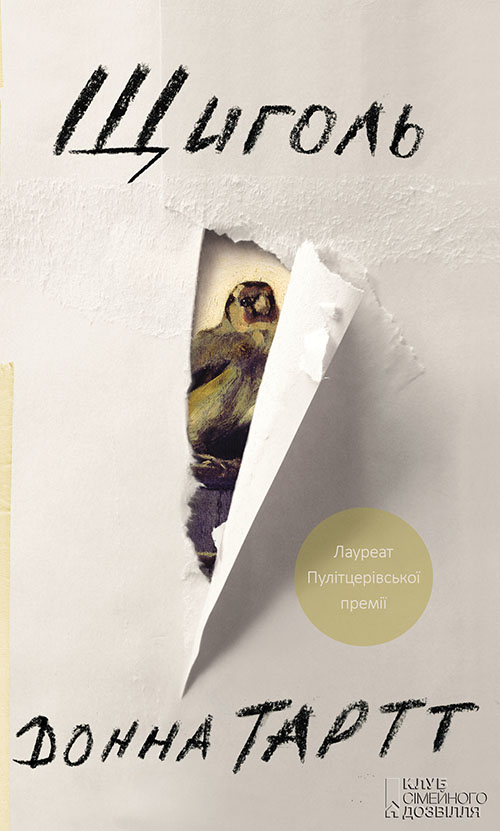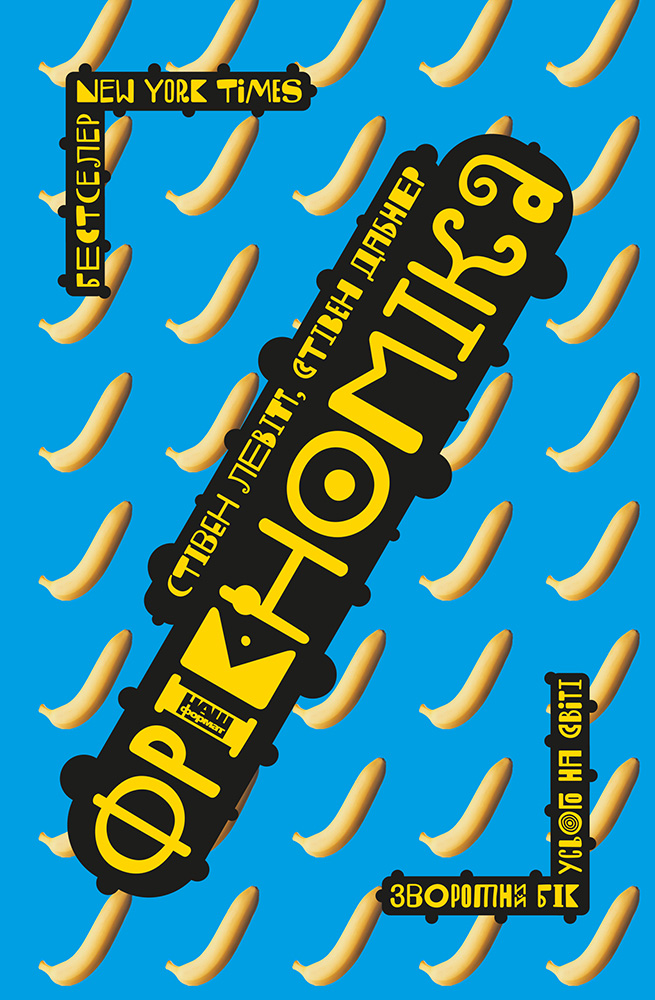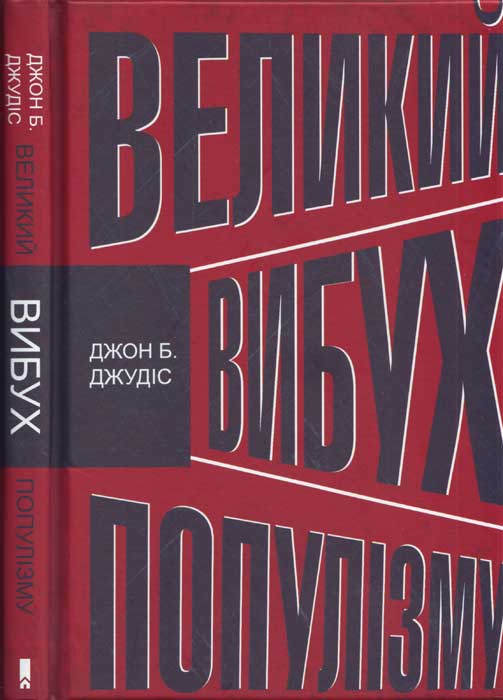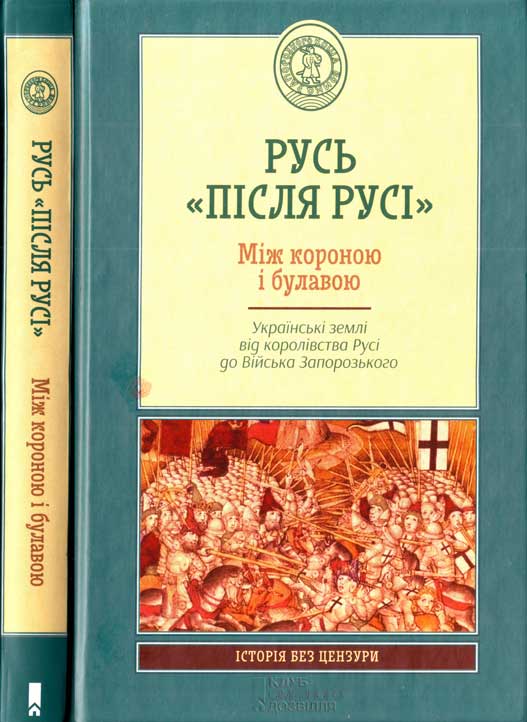Читати книгу - "Genghis Khan and the Making of the Modern World"
Шрифт:
Інтервал:
Додати в закладку:
Genghis Khan had not always pursued this policy. In the first conquests of the cities of the Jurched, the Tangut, and the the Black Khitan, Genghis Khan had often protected the rich and even allowed rulers to stay in office after he defeated them. But the Jurched and the Tangut had betrayed him as soon as his army withdrew. By the time Genghis Khan arrived in the Muslim countries of central Asia, he had learned his lesson about the loyalty, dependability, and usefulness of the rich and powerful. In his keen awareness of public attitudes and opinions, he also recognized that the common people cared little about what befell the idle rich.
By killing the aristocrats, the Mongols essentially decapitated the social system of their enemies and minimized future resistance. Some of the cities never recovered enough to rebuild after the loss of aristocrats on the battlefield or from the annihilation of their families. Genghis Khan wanted officeholders who were loyal and indebted to the Mongols alone for their positions of power and prestige, and for this reason he recognized no titles other than those granted by him. Even an allied prince or king who wished to retain an older title had to have it reconferred on him by the Mongol authorities. In his report on his trip to Mongolia from 1245 to 1247, the papal envoy Giovanni Di Plano Carpini complained frequently about the lack of respect that Mongols showed the aristocratic people. The lowest-ranking Mongol could walk in front of visiting kings and queens and speak rudely to them.
The fate of the sultan’s mother, who had been the most powerful woman in the empire, showed the Mongol attitude toward aristocratic women. They captured her and killed most members of her court and some two dozen members of her family. Then they sent her off to live the remaining decade of her life in ignominious servitude in Mongolia, where she disappeared from history. Such a woman earned no prestige or consideration by virtue of her birth; she, like a captured man, was only as good as her skills, work, and service.
When the Mongols passed through a city, they left little of value behind them. In a letter written just after the invasion, the geographer Yaqut al-Hamawi, who barely escaped the Mongols, wrote glowingly of the beautiful and luxurious palaces that the Mongols had “effaced from off the earth as lines of writing are effaced from paper, and those abodes became a dwelling for the owl and the raven; in those places the screech-owls answer each other’s cries, and in those halls the winds moan.”
Genghis Khan epitomized ruthlessness in the eyes of the Muslims. Chroniclers of the era attribute to Genghis Khan the highly unlikely statement that “the greatest joy a man can know is to conquer his enemies and drive them before him. To ride their horses and take away their possessions. To see the faces of those who were dear to them bedewed with tears, and to clasp their wives and daughters in his arms.” Rather than finding such apocalyptic descriptions derogatory, Genghis Khan seemed to have encouraged them. With his penchant for finding a use for everything he encountered, he devised a powerful way to exploit the high literacy rate of the Muslim people, and turned his unsuspecting enemies into a potent weapon for shaping public opinion. Terror, he realized, was best spread not by the acts of warriors, but by the pens of scribes and scholars. In an era before newspapers, the letters of the intelligentsia played a primary role in shaping public opinion, and in the conquest of central Asia, they played their role quite well on Genghis Khan’s behalf. The Mongols operated a virtual propaganda machine that consistently inflated the number of people killed in battle and spread fear wherever its words carried.
By August 1221, only a year into the campaign, Mongol officials sent their Korean subjects a demand for one hundred thousand sheets of their famous paper. The volume of paper shows how rapidly Mongol record keeping was increasing as the size of the empire grew, but the order also symbolized the Mongol emphasis on writing their history. Increasingly, paper was the most potent weapon in Genghis Khan’s arsenal. He showed no interest in having his accomplishments recorded or in panegyrics to his prowess; instead, he allowed people to freely circulate the worst and most incredible stories about him and the Mongols.
From every conquered city, the Mongols sent forth delegations to the other cities to tell them of the unprecedented horrors inflicted by the nearly supernatural abilities of Genghis Khan’s warriors. The power of those words can still be felt in the accounts of eyewitnesses recorded by chroniclers such as the historian Ibn al-Athir, who lived through the era of the conquest in Mosul, a city now located in Iraq, but at that time close to but slightly beyond the Mongol campaign. He recorded the accounts of refugees in his book al-Kamil fi at-tarikh, known in English as The Perfect History or The Complete History. At first, Ibn al-Athir seemed disinclined to believe the accounts: “Stories have been related to me, which the hearer can scarcely credit, as to the terror of the Tatars.” But he quickly warmed to the retelling. “It is said that a single one of them would enter a village or a quarter wherein were many people, and would continue to slay them one after another, none daring to stretch forth his hand against this horseman.” From another account, he heard that “one of them took a man captive, but had not with him any weapon wherewith to kill him; and he said to his prisoner, ‘Lay your head on the ground and do not
Увага!
Сайт зберігає кукі вашого браузера. Ви зможете в будь-який момент зробити закладку та продовжити читання книги «Genghis Khan and the Making of the Modern World», після закриття браузера.
